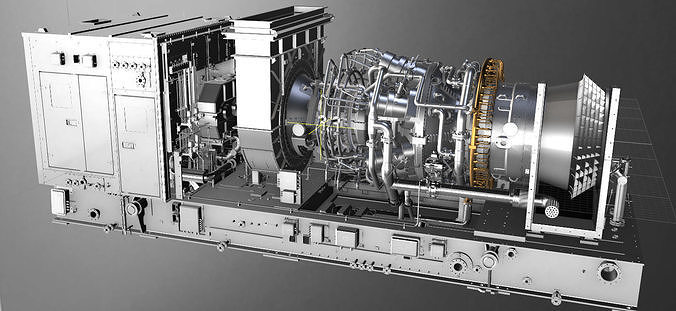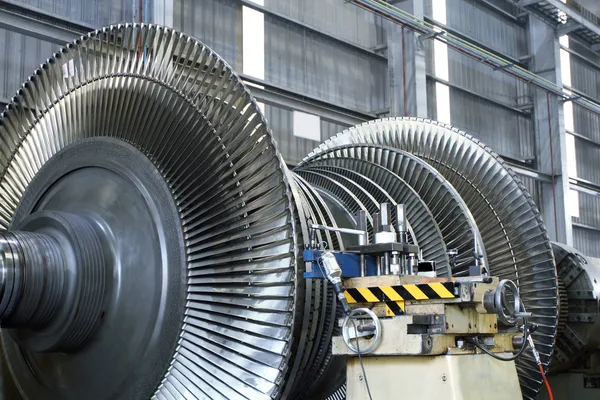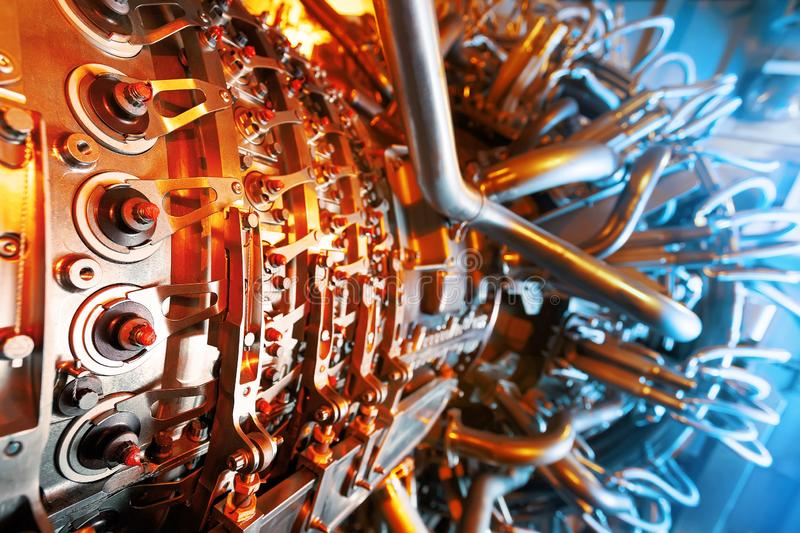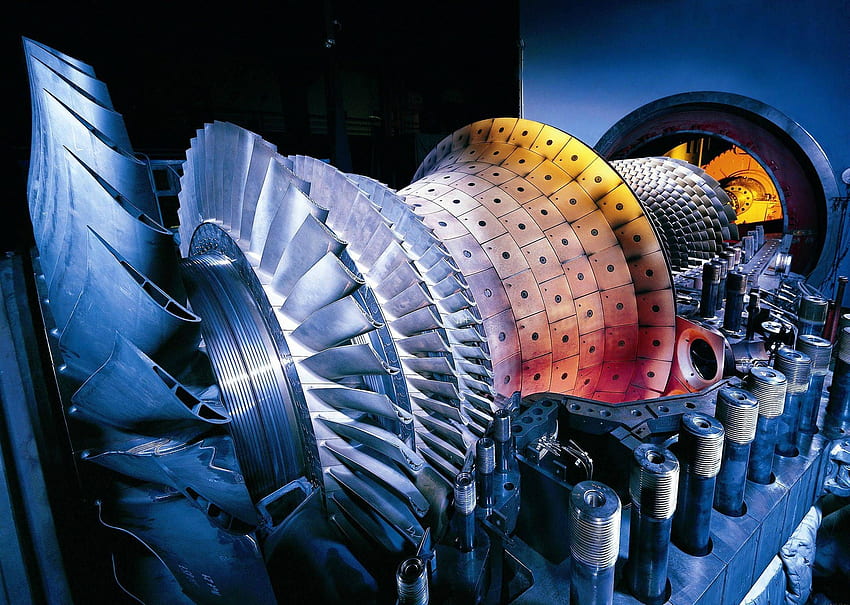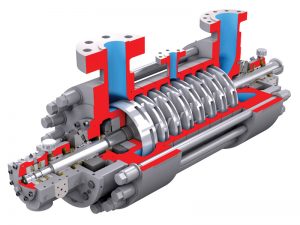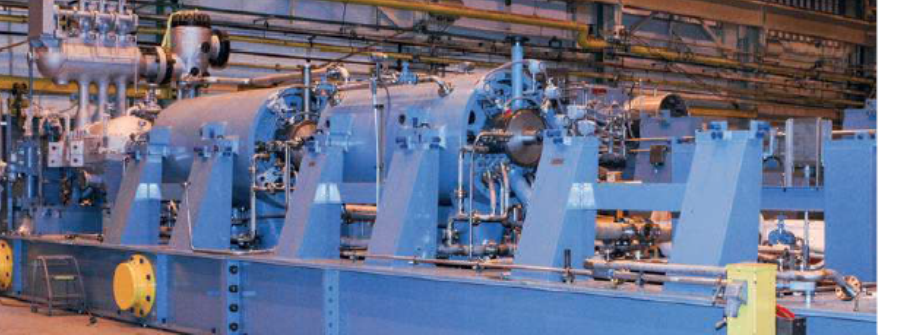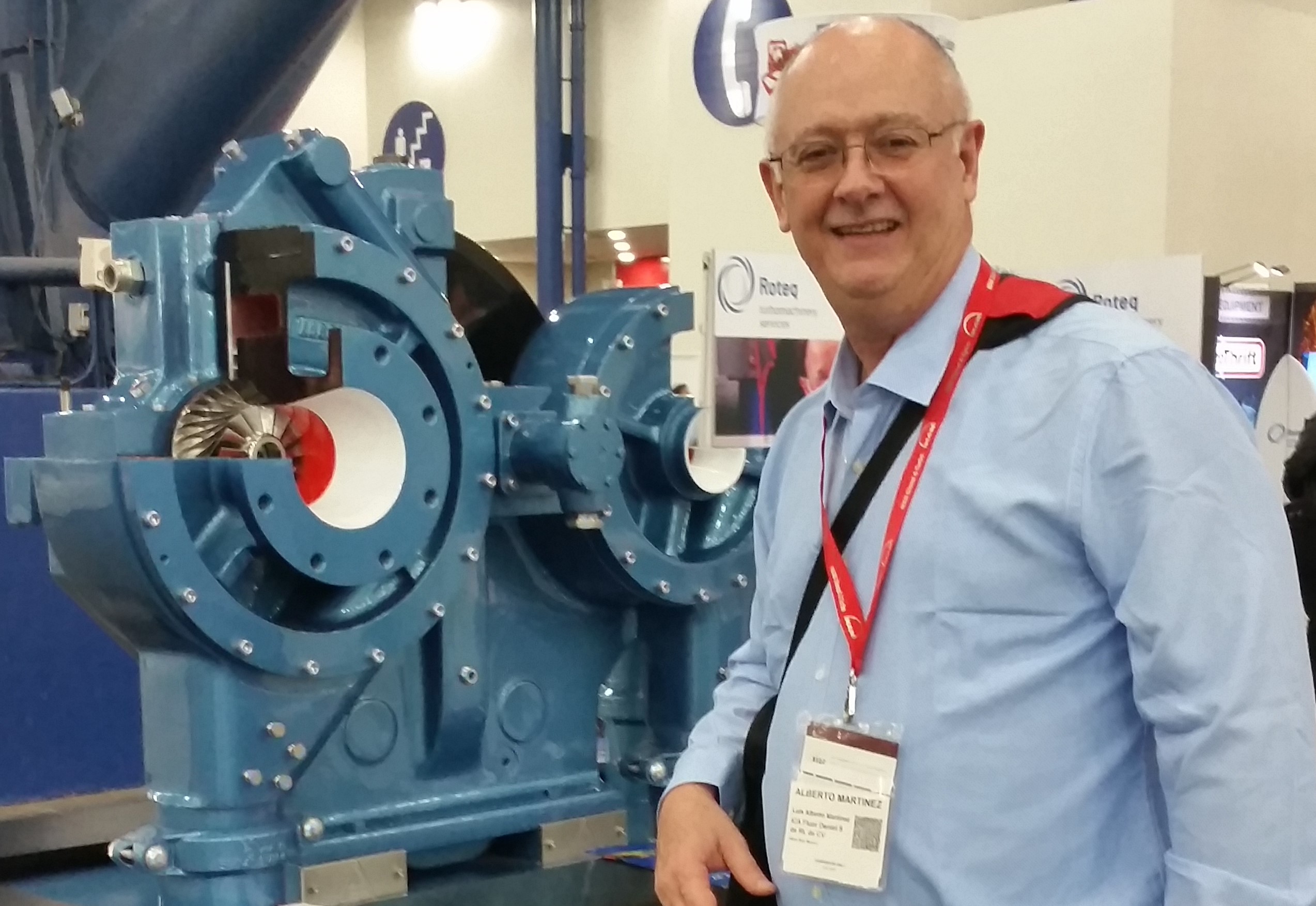RELIABILITY
Reliability is an essential aspect of turbomachinery performance, as it ensures that the equipment can operate continuously and efficiently without frequent breakdowns or failures. Here are some key factors that contribute to high reliability in turbomachinery:
Proper equipment design: Turbomachinery should be designed to meet the specific application requirements, such as flow rate, pressure, and temperature. The design should take into account the fluid properties, operating conditions, and performance objectives. A well-designed turbomachinery system will have a higher degree of reliability.
Quality materials: The components of turbomachinery should be made of high-quality materials that are durable and resistant to wear, corrosion, and fatigue. The materials used in the manufacture of the equipment should be selected based on the operating conditions, type of fluid, and other factors that may affect the reliability of the equipment.
Regular maintenance: Regular maintenance is essential to ensure that the turbomachinery operates reliably. The maintenance activities should include cleaning, lubrication, inspection, and repair or replacement of worn or damaged components. Routine maintenance should be performed on a schedule that minimizes downtime and prevents unplanned equipment failures.
Performance monitoring: The performance of the turbomachinery should be regularly monitored to ensure that it is operating at peak efficiency. This can be achieved through the use of sensors, monitoring software, and other techniques that provide real-time information on equipment performance.
Emergency preparedness: Turbomachinery operators should have an emergency preparedness plan in place to minimize downtime in the event of unexpected equipment failures or malfunctions. The plan should include procedures for rapid response, emergency shutdown, and equipment repair or replacement.
Training and expertise: Turbomachinery operators should be trained and experienced in the proper operation, maintenance, and troubleshooting of the equipment. This will help ensure that the equipment is operated safely and efficiently, and that any issues that arise are addressed promptly and effectively.
Overall, reliability in turbomachinery requires a combination of proper equipment design, quality materials, regular maintenance, performance monitoring, emergency preparedness, and training and expertise. By following these principles, operators can maximize the reliability of their turbomachinery and ensure optimal performance and uptime.


